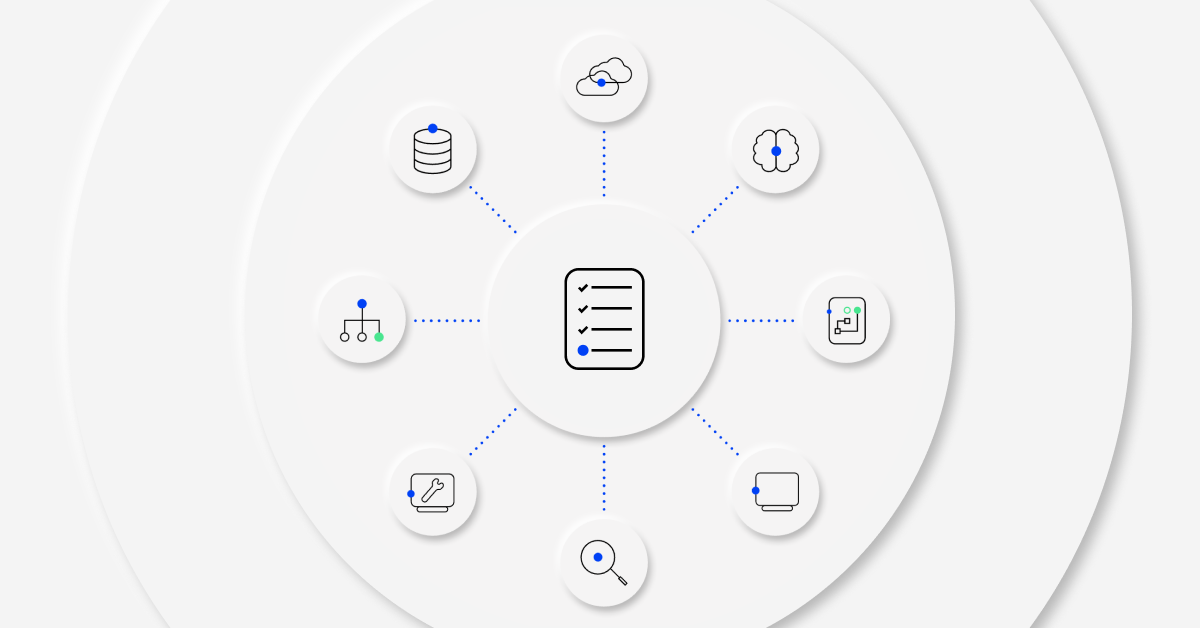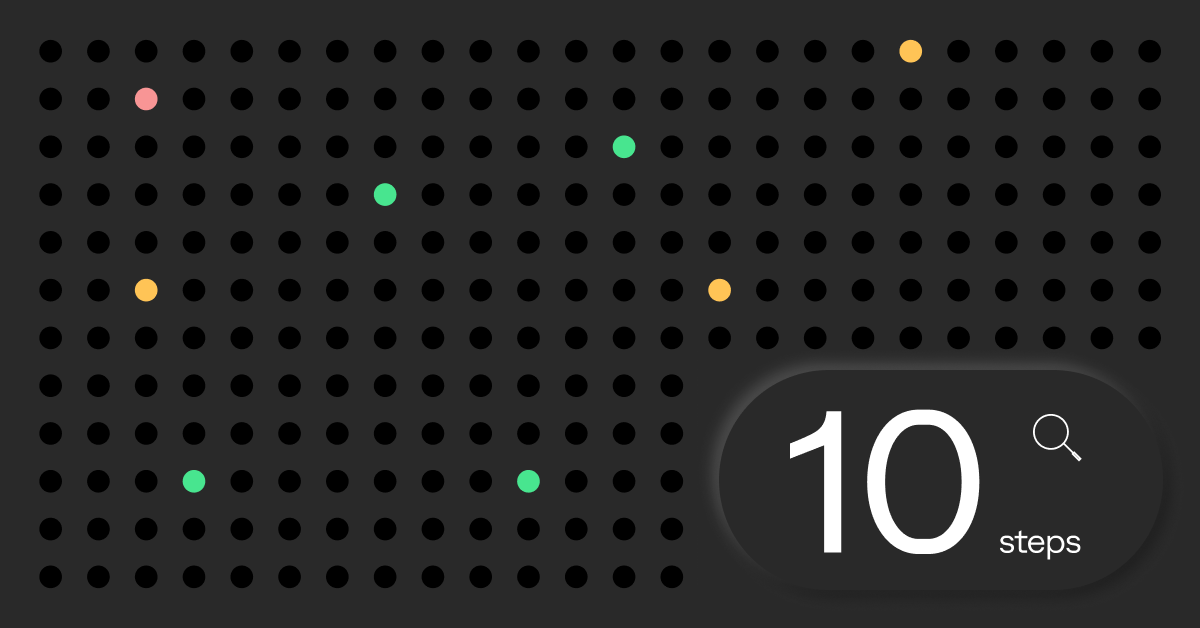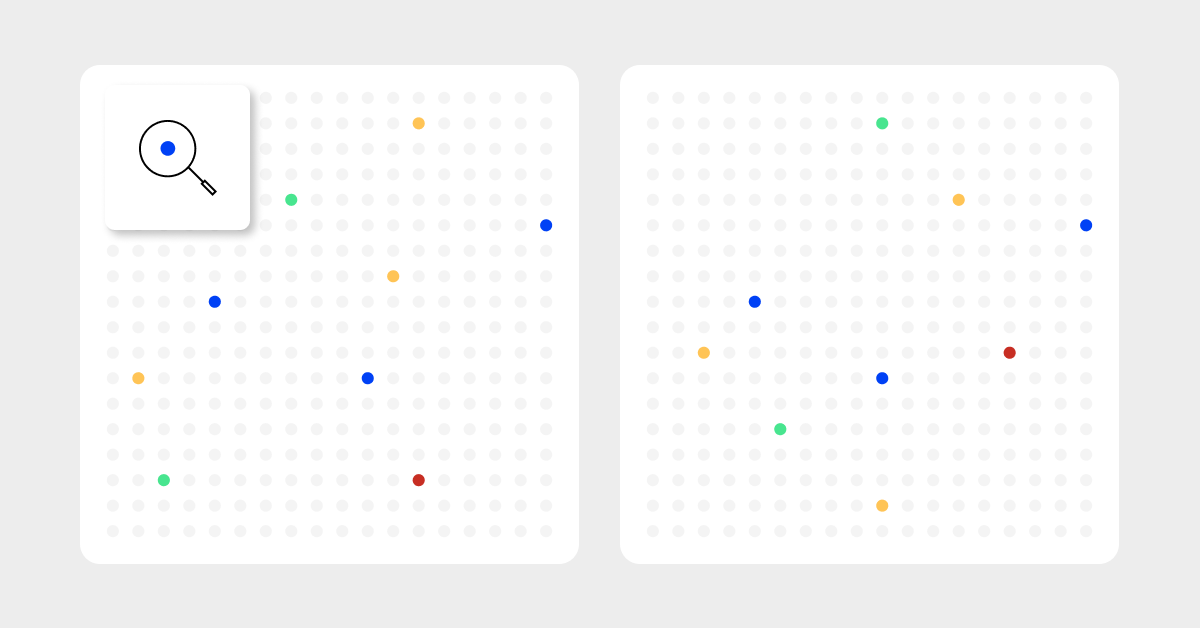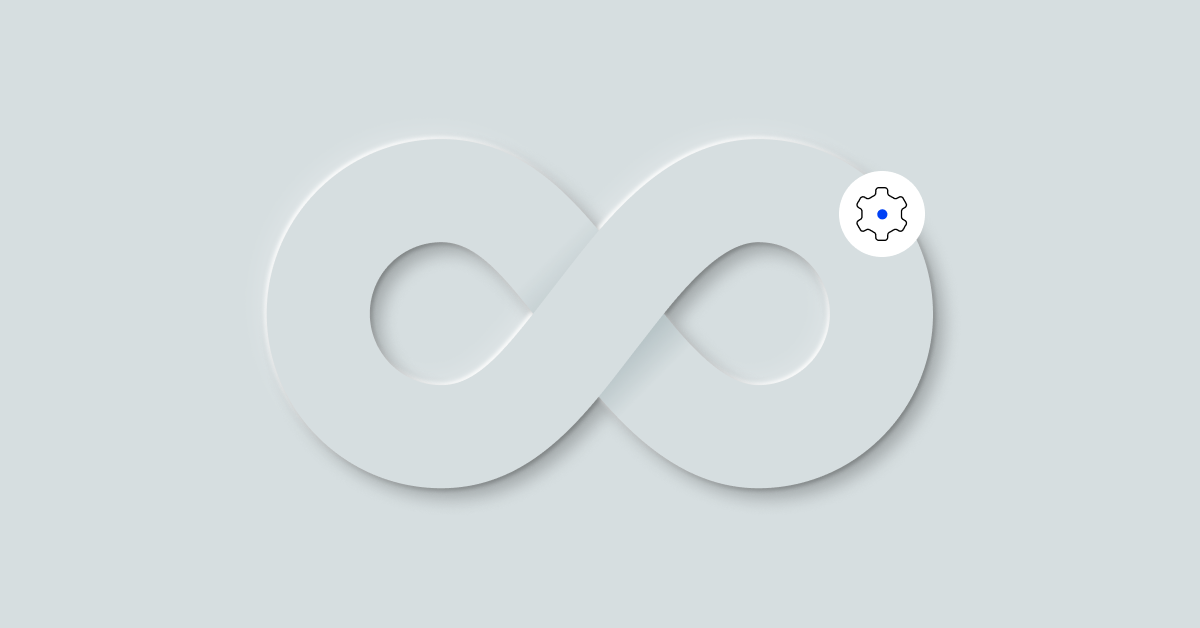BigPanda blog
Whiskey and Wisdom: Transitioning to Distributed ITOps Teams
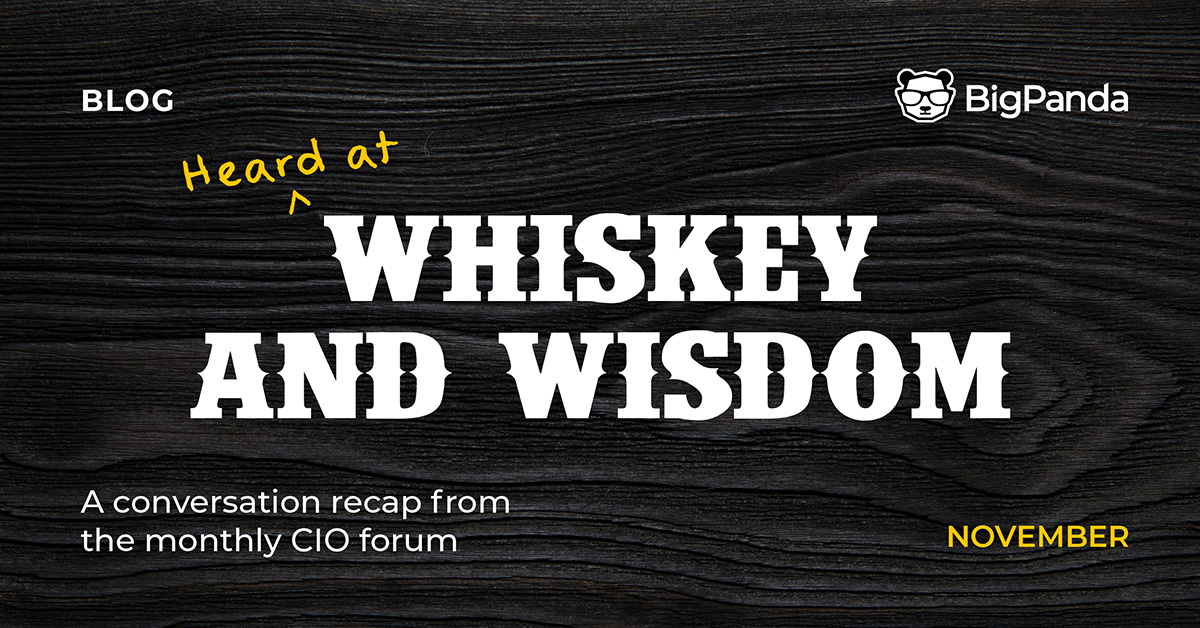
Whiskey and Wisdom is a monthly executive-only forum where ITOps leaders can network independently and discuss high-level AIOps and ITOps strategies with industry peers.
In our most recent session, the discussion focused on the unique transition to distributed ITOps teams. Here are some quick value takeaways from the conversation:
With the pandemic, everyone had to shift the way they worked, including ITOps teams. An operational model of distributed and remote teams has its own pros and cons, and every organization functions differently. Distributed teams could be vulnerable to a disruption of cohesion, creativity and innovation, and many of the cultural norms and operational standards have had to change. On the flip side, ITOps teams now have the flexibility to potentially hire the best talent from across the globe and present an opportunity to reimagine the IT operational model. Successfully transitioning to a distributed team model is no easy feat, and changes must be made to your organization’s culture, processes, team dynamics and tooling to get there.
There’s an important distinction to be made when talking about distributed teams that work fully remote and those that do not. Remote or hybrid teams may all be in the same (or similar) geographical location, but distributed teams could include in-office, hybrid and remote. In terms of location, the team might be in different areas, and it gets tricky to manage when some people are in the office and others are in a different time zone. You have to overcome “clumps of gravity” and fight against old habits learned from working on-site.
Making a fundamental shift in the way teams work is critical to succeeding with a distributed team. Some organizations are implementing relatively simple changes that share the burden of communication equally such as remote-only meetings. Dealing with the push and pull of information from different team members can be challenging, but small steps toward learning new habits can make a big difference.
So why is this so important? It all comes down to employee engagement and involvement in decision making. You can’t have innovation and problem solving if people don’t feel engaged—that means including as many people as possible in the decision-making process and including assenting and dissenting voices throughout a conversation. Removing the necessary friction from the process helps as well, with some examples being recording meetings, capturing data, addressing questions in recurring meetings and capturing important ad hoc discussions in Slack. The bottom line though is that every organization is diverse, and you have to experiment with what will work best for your particular team.
About Whiskey and Wisdom:
Whiskey and Wisdom sessions occur monthly, and the topics will always focus on high-level trends in the ITOps community. This closed forum is invite-only to ensure the conversation remains interactive and derives maximum value. And yes, whiskey will be provided.


